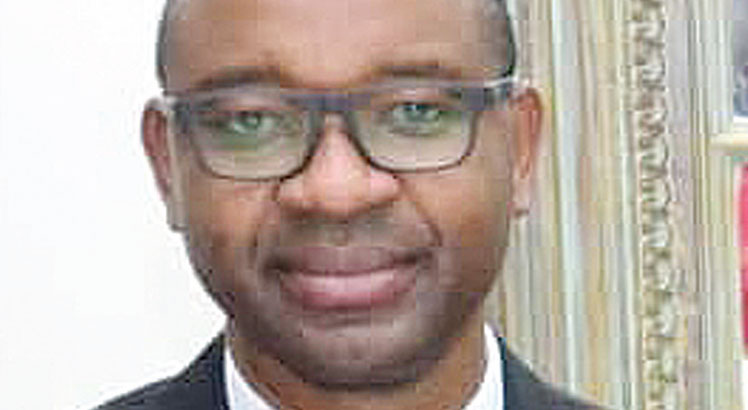This week, Government nodded to the country’s water boards’ request to raise water tariffs. The development comes three months after Government put the proposal on hold. Minister of Water and Sanitation Abida Mia said raising the water tariffs that time would worsen the dire cholera situation. The water boards are pushing for tariff hikes upwards of 50 percent with Blantyre Water Board being the highest at over 90 percent.
All things being equal, it makes business and organisational sense for water boards like any other utility service provider to make periodic tariff adjustments. This is to enable them to meet operation and maintenance costs and to grow their services in line with increasing demand from consumers. But in Malawi, the huge proposed water tariffs are partly due to failure by ministries, departments and agencies (MDAs) to pay the billions of kwacha they owe water boards in unpaid water bills.
Another reason the water boards are proposing huge water tariffs is their inefficiency. Their inefficiency is costing them billions of kwacha in non-revenue water.
Let’s first take a look at the billions that the water boards are owed by MDAs. We will use the Southern Region Water Board (SRWB) as an example. As of March 6 this year, MDAs were owing the entity K81 billion in unpaid water bills. By any reckoning, this is unacceptable and a disaster. This is a lot of money with dire consequences. The organisation is now struggling to provide quality services to customers, to pay suppliers, employees and to meet its other financial obligations.
The story is the same for all the other water boards across the country, namely, Blantyre Water Board, Lilongwe Water Board, Central Region Water Board and Northern Region Water Board. Each one of these is owed billions of kwacha in unpaid bills. Malawi Defence Force and State Residences are among the highest defaulters.
Ironically, the water boards do not hesitate to disconnect water from consumers in residential areas with bills as small as K50 000 or for defaulting payment for just three months.
As a matter of fact, water boards did away with the post-paid system in most residential areas in cities to take care of the problem of defaulting payment. Treasury is on record as saying that the issue of unpaid water bills by MDAs would soon be water under the bridge as water utility organisations were in the process of migrating from post-paid to the pre-paid metering system. Treasury made that statement in 2020. But since then, most MDAs have accumulated more bills. No one knows why the water boards don’t want to expedite the migration and make this issue history. For me, it is sheer inefficiency on their part.
The huge water tariffs are also meant to cover for the billions of kwacha the water boards lose through non-revenue water. This is the water the board produces but is not paid for or does not pass through its charging metres. This is mostly through burst pipes, illegal connections and vandalism which result in unaccounted for water. For example, Blantyre Water Board lost 55.8 percent of its revenue from water sales between January and June 2020 due to unaccounted for water, according to statistics. For the most part, we can also only blame this on the water boards’ inefficiency. As for vandalism, that is a risk inherent in all business operations.
Long short, water boards raise tariffs unjustifiably partly to cover the MDAs’ failure to pay for the same. And it is you and me—the small consumers and taxpayers—who are consequently billed highly. Government has chosen to victimise us the defenseless ordinary consumers because we have nowhere else to go.
All said, non-revenue water can be minimized through increased operational efficiency. On the other hand, water boards have themselves to blame for not speeding up pre-paid metering in the MDAs. According to the 2018 Population and Census, less than 10 percent of the then 17.5 million Malawians had access to piped water in their homes—directly into their homes or in their yards. A further 61.7 percent of Malawians were using boreholes for water while 8.1 percent were using community standpipe to access water. The remaining people, comprising just over 20 percent of the Malawi’s population, were accessing water from unprotected sources.
Water boards can increase their revenue collections by expanding their services to the thousands of people whose applications for water supply are gathering dust in the offices instead of milking the thin cow.
The post High water tariffs to cover inefficiency first appeared on The Nation Online.
 Moni Malawi
Moni Malawi 
